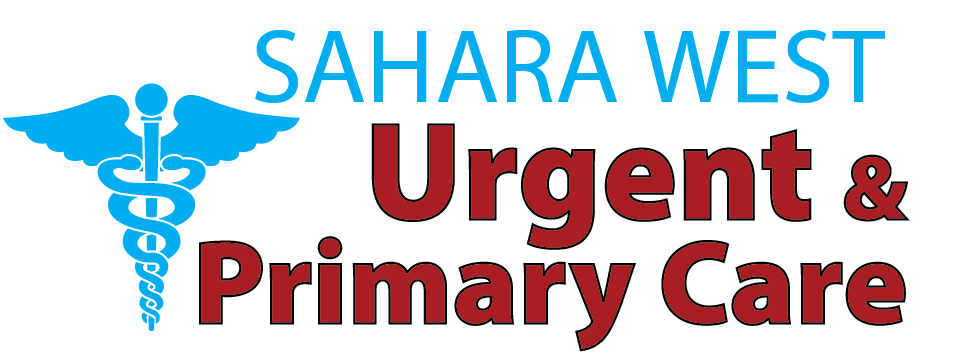Waxing is also another choice of hair removal because of its smooth and long-term results. However, the process is usually linked with not only uneasiness but also serious pain, particularly when a person has sensitive skin or a low pain threshold. But the good thing is that you can minimize the pain caused by waxing and have a much more enjoyable waxing experience by following a number of methods. Here is a step-by-step instruction on pain evasion during wax removal.
1. Choose the Right Type of Wax
Waxes are not equal. Hard wax is also less painful as compared to soft wax since it holds to the bristles and not the skin. It also suits delicate parts such as the bikini line and the underarms, as well as the face. Soft wax, in its turn, should be applied on bigger surfaces, e.g., the legs or arms, but it is more painful since it has a stronger adherence to the skin.
Seek out waxes that contain skin soothing components such as aloe vera, chamomile, or lavender to calm the skin and minimize the irritation.
2. Exfoliate Before Waxing
Exfoliating the skin the day before any waxing will rid the skin of the dead skin cells and aid in loosening the trapped hairs to make the waxing process lighter and with a less uncomfortable experience. Use a gentle scrub (or the natural amount of exfoliant sugar and honey). Nevertheless, do not exfoliate right before the waxing since this can make your skin sensitive.
3. Number the Area
It is possible to anesthetize the area temporarily with topical lidocaine-based numbing creams or sprays. Use it approximately 20 to 30 minutes before your waxing treatment to get the best results. A few minutes before waxing, it is also possible to use ice packs so that the skin gets slightly numb, which can influence the adherence of the waxing material.
4. Keep Hair at the Ideal Length
When hair is too short, it does not come out well, and this needs several tries, which enhances the pain. Conversely, excessive length of the hair may lead to excessive pulling. The recommended hair length is approximately 1/4 inch (just like the size of a grain of rice). Make a haircut before going in, or go DIY.
5. Avoid Waxing During Your Period
When you have your period, there is a shift in hormone levels, and this means that your threshold pain level decreases, which means that waxing during your period is likely to be a lot more painful. Having your wax during a less painful time is possible, so aim to book it at least a few days before or after your period.
6. Take a Pain Reliever
So, an over-the-counter pain reliever such as ibuprofen taken 30 to 45 minutes before waxing may lighten the pain and bruising. Before taking any painkillers, always make sure that you consult your doctor in case you have any health conditions or other medications.
7. Use Proper Technique
When you are performing at-home waxing, you need to take into account your technique. Refer to waxing against the way of hair growth and fairly fast against the direction of hair growth. Stretching the skin taut with one hand and pulling the strip with the other hand assists in limiting pain and avoiding bruising.
Just do it—when the wax is pulled off gradually, the pain is enhanced. Stick to a fast, confident movement.
8. Post-Wax Skin Care
Your skin becomes sensitive and has a tendency to be irritated after waxing. Ice the area with a soothing lotion or an aloe vera gel. You should not take a hot shower, exfoliate, or wear tight clothes for at least 24 hours to irritate the area more or cause ingrown.
It is also possible to use a cold compress by applying to lessen redness and discomfort after waxing.
9. Stay Consistent with Waxing
The fact is that the more often you wax it, the more it becomes painless with time. Hair regrows finer and lesser in strength, enabling it to be easily removed. Avoiding the need to do hair removal more than once every 4-6 weeks can also keep skin smoother and less painful.
10. Choose a Professional for Sensitive Areas
Doing waxing yourself may be appealing, but when it is a sensitive waxing, such as the bikini line, underarms, or face, then it is suggested that you visit a specialist. In all, estheticians are taught to remove the hair fast and very efficiently, and chances of error or irritation are minimized, not to mention the presence of unnecessary pain.
Final Thoughts
Waxing pain can act as a considerable hindrance, but this doesn’t have to be the case. With proper preparation, technique, and aftercare, you can significantly reduce discomfort and make waxing much more bearable. Whether you’re trying DIY waxing at home or visiting a wax removal clinic near me, the right approach can lead to a smoother, less painful experience with minimal regrets.
Pain during waxing can be reduced by taking the right steps before, during, and after the process. Spend at least 30 seconds focusing on what to do during the actual waxing—this can make a huge difference. Not only will this dramatically reduce pain, especially for sensitive areas like the ears (for which you can also search for wax removal ear near me), but it can also make the experience more rewarding and the results more satisfying.
To schedule your appointment with the highest standard of care and visit Sahara West Urgent Care, visit our website.
FAQs
Q1. Why does waxing hurt so much?
A: Waxing removes hair from the root, which causes temporary trauma to the skin. The pain level can vary depending on skin sensitivity, hair thickness, and the area being waxed.
Q2. What type of wax is the least painful?
A: Hard wax is generally less painful than soft wax. It adheres to the hair instead of the skin, making it more suitable for sensitive areas like the bikini line, underarms, and face.
Q3. How can I numb my skin before waxing?
A: You can apply a numbing cream with lidocaine about 20–30 minutes before waxing. Alternatively, use ice packs for a few minutes to dull the area, though this might affect wax adherence.
Q4. Does exfoliating help reduce waxing pain?
A: Yes, exfoliating 24 hours before waxing removes dead skin cells and lifts trapped hairs, allowing for a smoother and less painful wax.
Q5. Is it okay to wax during my period?
A: It’s not recommended. Your pain threshold is lower during menstruation, making waxing more painful. Try scheduling your appointment a few days before or after your period.





